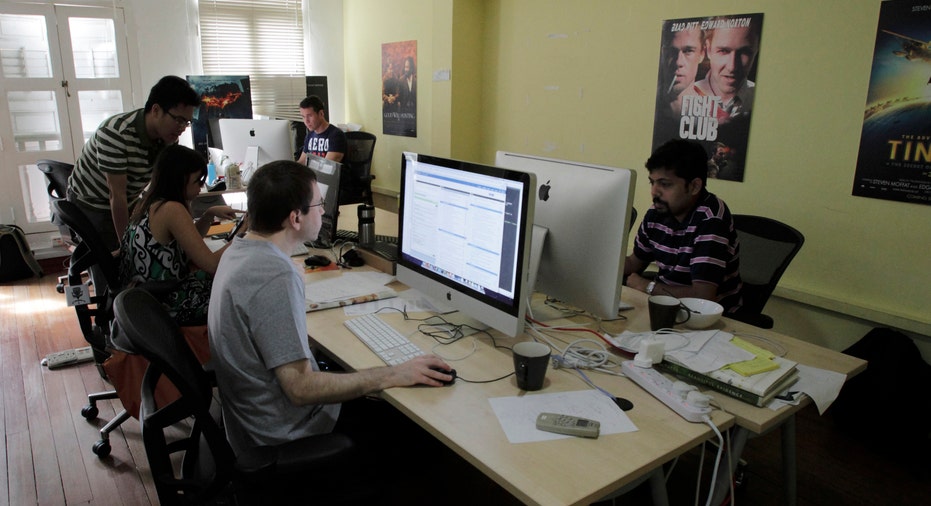The Changing Role of the CIO

The next time you attend a management meeting and try to pick out the chief information officer (CIO), don't waste your time looking for someone wearing a beanie cap with a propeller. Chances are good that he or she looks — and acts — just like the rest of you. The CIO's rapidly evolving role into a more collaborative, business-facing, multiskilled function is shifting the dynamics of the modern-day executive table, a new survey shows.
Nearly three-quarters (71 percent) of more than 2,000 CIOs and IT leaders sampled around the world believe the role of the CIO is becoming more strategic, and 36 percent of them report to the CEO today, compared with 21 percent in 2010, according to a study sponsored by Harvey Nash USA, an IT recruitment and executive search firm and outsourcing provider.
Fifty percent of U.S. CIOs are enabling business change, and almost half of them (47 percent) are managing an IT budget that has grown compared to last year.
At the same time, CIOs are learning how to share after losing more direct control of their technology vision and sharing it with other departments, the survey found. Forty-three percent of CIOs said there is a degree of shared ownership of digital technology between the IT and marketing teams. A growing percentage of CIOs see more than 10 percent of their budget controlled by people outside the IT department: 38 percent today, compared with 34 percent in 2012 and 26 percent in 2011.
CIOs said their greatest challenge is to fill their company's innovation potential. Just 3 percent of CIOs said they believe their organization's innovation potential has been fully realized, and 69 percent said they are spending too little time and too few resources on innovation projects.
They cite changing business priorities, smaller budgets and a lack of the right internal skills as the biggest barriers to achieving innovation.
Other challenges include the retention of talent and the underrepresentation of women. CIOs said more needs to be done to formalize workforce diversity in the hiring process.
"The integration with the marketing team, a direct line to the CEO, a growing dependence on outsourcing and the recent surge of BYOD [bring your own device] have led the CIO to stamp an IT footprint well outside the walls of his department," said Bob Miano, president and CEO of Harvey Nash USA. "The role of the CIO is undergoing a paradigm shift that is presenting incredible opportunities. The CIO’s role continues to grow in influence, with a vision for the organization at the highest level, to drive organizational change and significantly impact company performance in brand new ways."